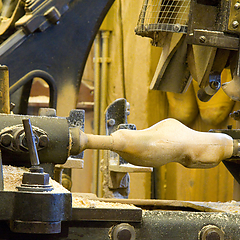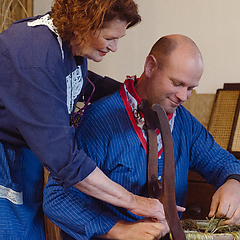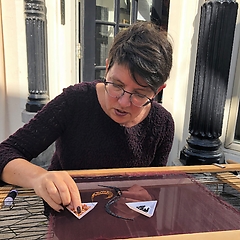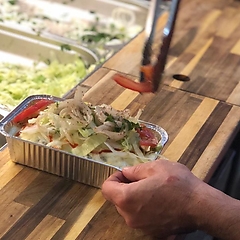Péniche shipping is transporting cargo with a péniche (Dutch: spits) - a ship of 39.90 meters long and 5.05 meters wide; in this case the North-South shipping route from the Netherlands to France. You sail at a low pace (between three and five kilometers per hour) via various rivers, canals and locks. Nowadays a lot of French grain is transported to Belgian and Dutch beer brewers.
The community of shippers is diverse. Many skippers have taken over the trade from father or mother, but there are also 'new' skippers. There are currently a few hundred skippers. There is a lot of competition from trucks and the Betuwe line. This reduces the number of skippers.
For many years the system of rivers and canals has been an important transport artery of the European economy. Napoleon began the development of the system in France, in the Netherlands King William I had channels built. Coal was transported from the mines with the péniches, but also grain and manure. At its peak, there are as many as 20,000 péniches. The water network is poorly maintained, which means that ships can now carry less cargo through shallow canals and small locks. Nevertheless, péniche shipping still has a function after almost two hundred years.



